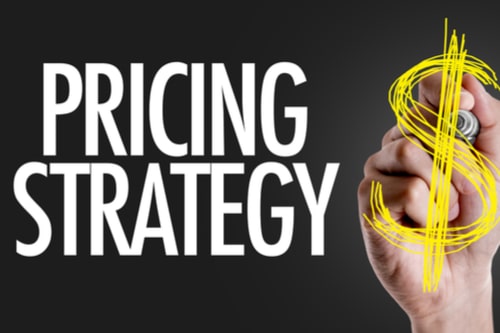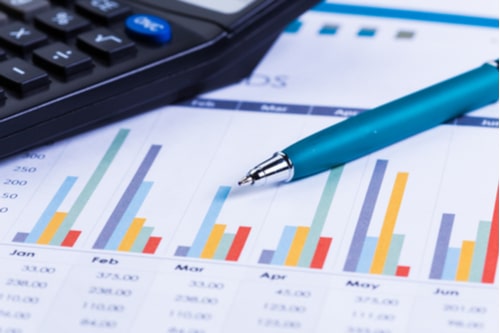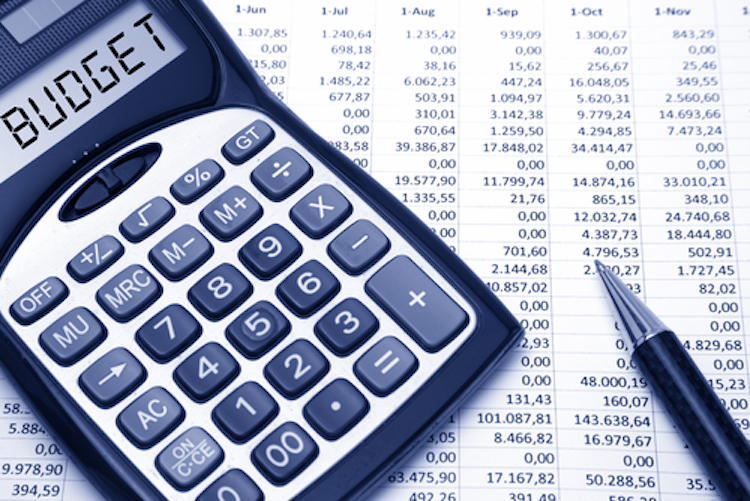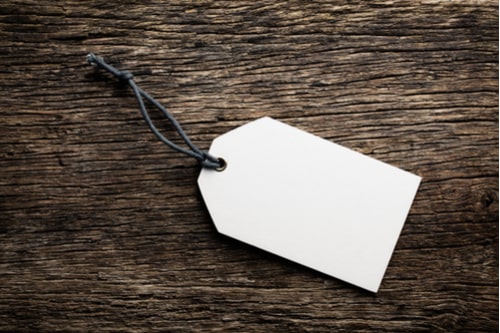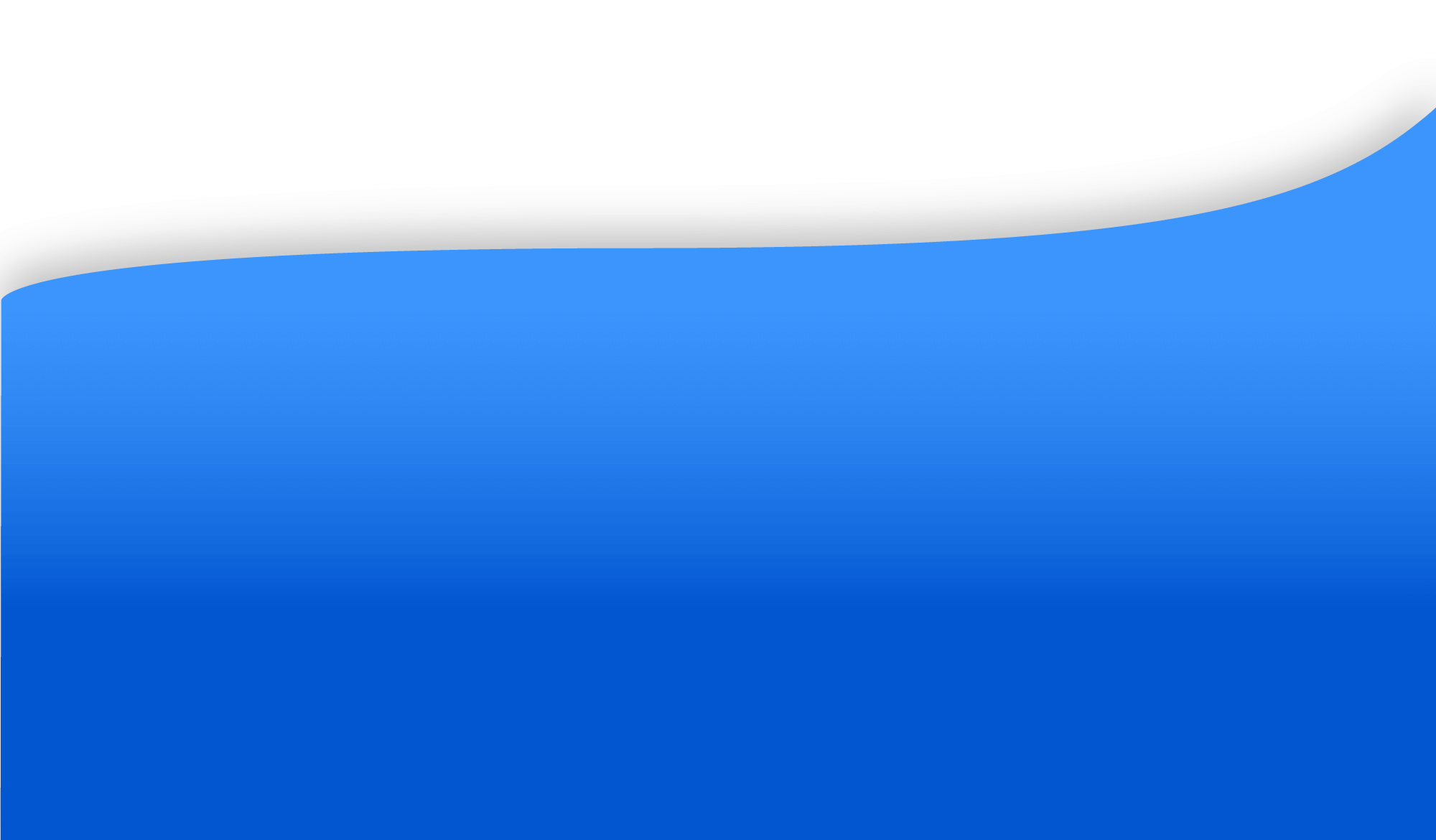October 9, 2018 | By Peyton Sawyer
Setting a price on merchandise can be quite challenging for any business owner. It takes weighing many different factors to determine a good price plan that works. There is not an exact science. Basically, you need to look at the product you are selling, determine what it is worth, what you pay to purchase the item, and how much a customer is willing to pay.
To come up with a good price, it will require some research. Take a look at some tips on how to get that number.
Research
Before you can even get a starting point on that price, you should do some market research. It is important to first figure out what market the item falls in. Once you have determined that factor, take a look at similar products, to see how they are selling and at what price. You will also need to look at your competitor. What is their price tag? Can you beat that price? Well, let’s take it a few steps further to find out.
Product Value
What type of product is it? If it's a product that is a necessity to daily life, then you have a better chance of selling it at a profitable price. If it is a novelty product or something just for fun, then a customer will not be as inclined to purchase this item for as much money. Knowing the value of your product will help you to know just where you lie on the pricing scale.
Cost of Product
Is this a product that you'll be selling? Or the goods that you need to make a product? There is a big difference. If you are purchasing a product that can be put right on the shelf, then there are not as many factors to consider, but if you are purchasing goods, such as material to make a t-shirt or even decals to put on a tee shirt, then you need to consider other factors. For instance, labor. Who will be making the shirts? Do you need to pay another person to produce a finished product? If so, you need to add all additional cost in when determining a good price.
Additional Costs
Other additional costs that you also need to consider are rent for your brick and mortar store or office, utilities for your establishment, purchasing equipment or repairs, payroll, and any distribution necessary, such as shipping or drivers. These costs may not have anything to do with the product itself, but they are costs that you will incur and need to be figured into the big scheme of things.
Staying on top of your expenses as well as pricing for your products is key to having a successful business. You may even want to handle some of your company debt before making a product purchase. If that is not possible, and you need some extra funding, a merchant cash advance may be just what you need to get on track.

